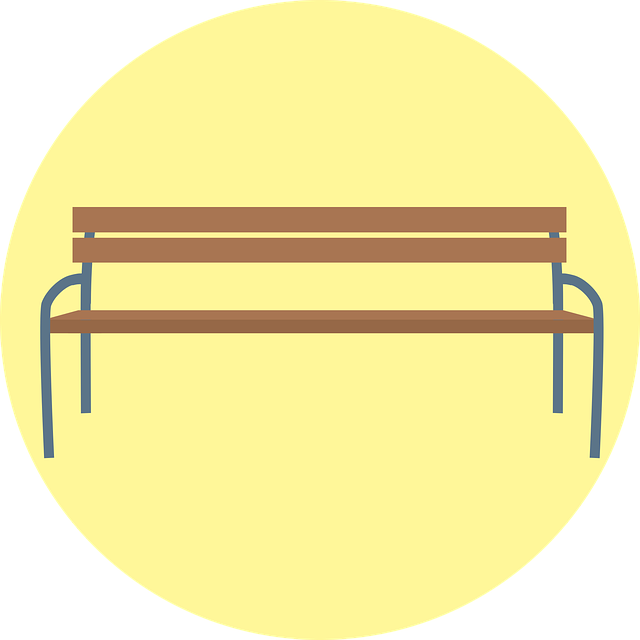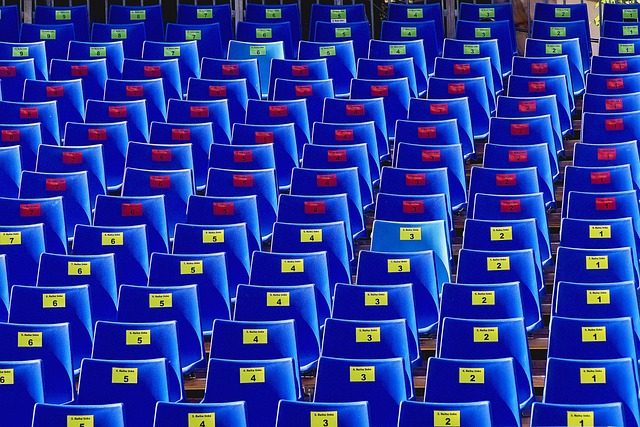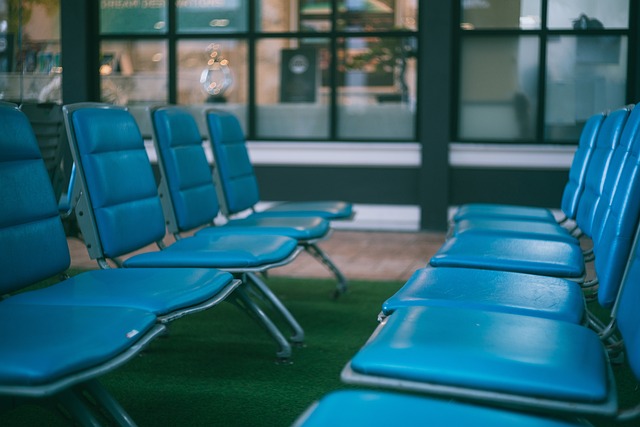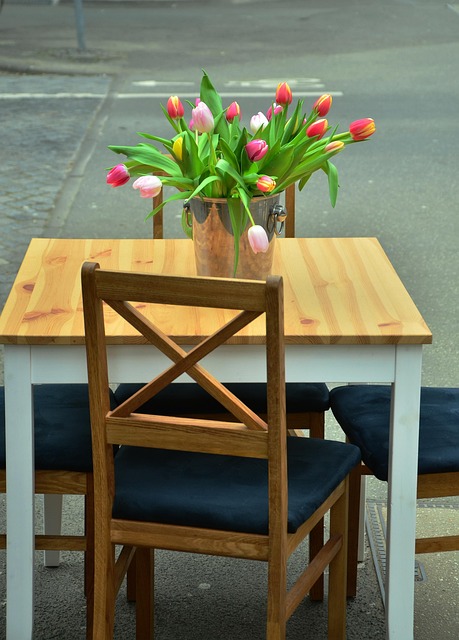When designing outdoor living spaces, choose durable, weatherproof materials like teak wood, aluminum, or HDPE for seating to ensure comfort and longevity. Integrate these with aesthetic appeal and functionality to create year-round, multifunctional hubs. Prioritize safety and versatility through strategic planning and professional installation. Maintain outdoor seating areas regularly to extend their life and protect them from elements.
Transform your outdoor space into a vibrant, comfortable living area with expert construction techniques. Discover the secrets to creating durable, weatherproof seating that seamlessly integrates with your surroundings. From choosing the right materials to installation and maintenance tips, this guide covers everything you need to know for long-lasting, functional, and safe outdoor living spaces. Optimize your investment in weatherproof seating and enhance your home’s allure all year round.
- Choosing Weatherproof Materials for Seating: Durability and Comfort
- Designing Outdoor Living Areas: Integration with Surroundings
- Installation Techniques for Optimal Functionality and Safety
- Maintenance Tips to Ensure Longevity of Your Outdoor Seating Spaces
Choosing Weatherproof Materials for Seating: Durability and Comfort

When designing outdoor living areas, selecting the right materials for seating is paramount. Weatherproof seating is a top priority to ensure longevity and comfort in various weather conditions. Opting for durable, weather-resistant fabrics and frameworks guarantees that your outdoor space remains functional and inviting year-round. Look for materials that can withstand exposure to sun, rain, and even frost without fading, cracking, or warping.
Durable materials such as teak wood, aluminum, and high-density polyethylene (HDPE) offer exceptional resistance to the elements while maintaining a comfortable sitting experience. Teak, known for its natural oils, is highly resistant to moisture and rot, making it an excellent choice for outdoor furniture. Aluminum frames provide lightweight strength and corrosion resistance, ensuring your seating remains sturdy over time. HDPE plastic, often used in recycled or synthetic rattan, offers both durability and flexibility, allowing it to withstand harsh weather while still providing a cozy seating experience.
Designing Outdoor Living Areas: Integration with Surroundings

When designing outdoor living areas, especially for spaces that will be used year-round, seamless integration with the surrounding environment is key. This involves considering both aesthetics and functionality, creating a harmonious blend between indoor comfort and outdoor adventure. Incorporating weatherproof seating options, such as durable wood or teak furniture treated to withstand various weather conditions, ensures that the space can be enjoyed regardless of the season.
By thoughtfully selecting materials and furniture that complement the natural landscape, you can create an outdoor living area that feels both inviting and at one with its surroundings. This integration extends beyond visual appeal; it also includes practical considerations like shade structures, privacy screens using native plants or trellises, and proper drainage to prevent water buildup. Such thoughtful design choices transform outdoor spaces into multifunctional areas where residents can relax, entertain guests, and fully embrace the beauty of nature.
Installation Techniques for Optimal Functionality and Safety

When constructing outdoor living areas, prioritizing functionality and safety through meticulous installation techniques is paramount. For spaces intended for prolonged occupancy, especially those featuring weatherproof seating, proper installation becomes even more critical. This involves selecting durable materials that can withstand varying weather conditions while ensuring a secure fit to prevent any potential hazards. Professional installers employ specialized tools and methods to create a sturdy foundation, crucial for the longevity of these areas.
Optimal functionality requires strategic planning to accommodate users’ needs. For instance, installing weatherproof seating with adjustable backrests or modular designs allows for versatile configuration, catering to different activities and groups. Additionally, incorporating non-slip surfaces and adequate lighting enhances safety and usability, especially during low-light conditions or in areas prone to moisture. These thoughtful installations transform outdoor spaces into functional oases, inviting users to relax, socialize, and enjoy nature’s beauty without compromise.
Maintenance Tips to Ensure Longevity of Your Outdoor Seating Spaces

To ensure your outdoor seating spaces thrive and last, regular maintenance is key. Start by cleaning your furniture on a routine basis, removing any dirt, debris, or leaves that may accumulate. Use mild soap and warm water, and a soft brush to gently scrub away stains or grime. Remember to let the furniture dry completely before reinvesting it to prevent water damage.
Protecting your weatherproof seating from extreme elements is another crucial step. Store loose cushions indoors during harsh weather conditions, and cover the furniture itself with waterproof covers when not in use. During colder months, consider moving lighter, less sturdy pieces inside to extend their lifespan. Regular care and protection will guarantee your outdoor seating remains in top condition for years to come.
When expertly crafted with an eye for both functionality and aesthetics, well-designed outdoor living areas can enhance your home’s value and provide a delightful extension of indoor comfort. By selecting durable, weatherproof materials for seating, seamlessly integrating these spaces into their surroundings, implementing safe installation techniques, and adopting regular maintenance practices, you’ll create vibrant, long-lasting oases that invite relaxation and entertainment al fresco. Embrace the benefits of optimizing your outdoor living areas – it’s an investment that pays dividends in quality of life.
